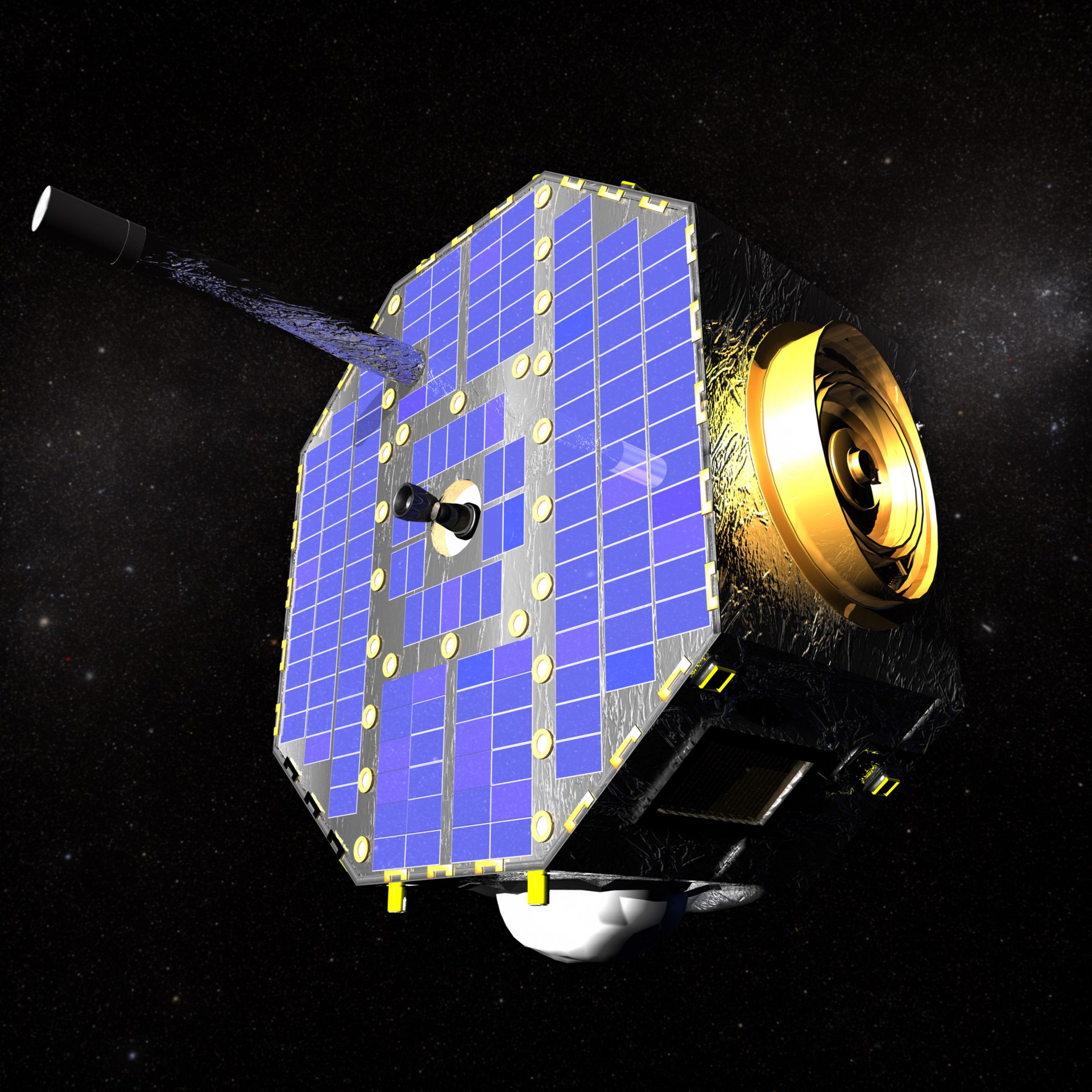Data obtained from the Interstellar Boundary Explorer (IBEX) orbiting spacecraft revealed pulsating structures in the heliopause, a region of space that is considered the boundary between the Solar System and interstellar space. The measurement results provide a new insight into the boundaries of the Solar System and how they change over time.

Only two vehicles created by mankind have crossed the heliopause and are now cruising through interstellar space — these are Voyager spacecraft. But there is another tool in near-Earth orbit that helps scientists map the heliopause – NASA IBEX.
Space echolocation
IBEX measures energy-charged neutral atoms when the solar wind of the Sun collides with the interstellar wind at the boundary of the Solar System. Some of these atoms escape into interstellar space, while others return and reach Earth. These particles can be used to map the shape of the border. This principle is somewhat similar to space echolocation.

Previous maps of the heliospheric structure relied on long-scale measurements of the evolution of solar wind pressure and emissions of energetic neutral atoms, which led to the smoothing of the boundary in both space and time. But in 2014, for about six months, the dynamic pressure of the solar wind increased by about 50%. A team of scientists led by astrophysicist Eric Zirnstein from Princeton University used this event to get a more detailed photograph of the shape of the boundary of the shock wave and the heliopause – and discovered a huge ripple on the scale of tens of astronomical units (AU).

They also conducted simulations to determine how this high-pressure solar wind interacts with the boundary of the solar system. They found that in 2015, a pressure wave was formed in the area between the shock wave limit and the heliopause. In the heliopause, the reflected wave returns back, colliding with a stream of charged plasma, creating a storm of energetic neutral atoms filling the inner helium shell, which causes ripples in its shell.
Swollen heliopause
Measurements also show a fairly significant shift in the distance to the heliopause. Voyager 1 crossed the heliopause in 2012 at a distance of 122 astronomical units. In 2016, the team measured that the heliopause had swollen because the distance from it to Voyager 1 was already about 131 astronomical units. Measurements show that the shape of the heliopause changes over time, but there is no exact explanation for this.

To find the answer, in 2025 NASA will send a new probe to measure the study of energetic neutral atoms with greater accuracy and in a wider range of energies. According to scientists, this should help answer some unclear questions about the amazing “wrinkled” bubble that protects our small planetary system from space radiation.
According to Nature Astronomy
Follow us on Twitter to get the most interesting space news in time
https://twitter.com/ust_magazine
